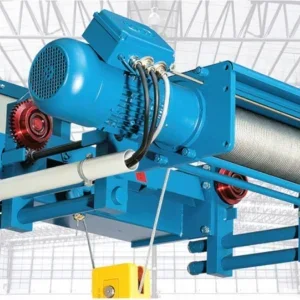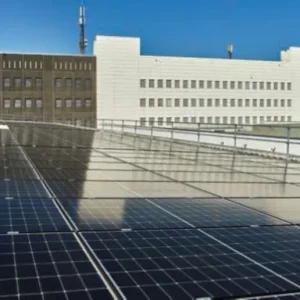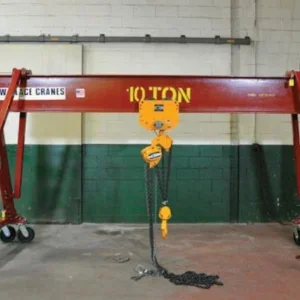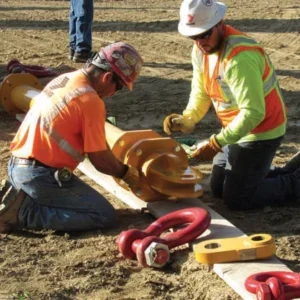One of the terminals is a multipurpose berth and the other is a container terminal. Both will equip Deendayal Port for handling next-generation deep-berth vessels and expand the port’s capabilities.
Vessels ranging from 6,000 twenty-foot equivalent (TEU) to 21,000 TEU and having a draught ranging from 14-18m will be accommodated at the container terminal, whereas vessels ranging from 100,000 deadweight tonnage (dwt) to 210,000 dwt and having draughts ranging from 15–18m will be accommodated at the multipurpose berth.
The project will be built as a public-private partnership (PPP). The government is offering concession periods of 30 years, extendable by 20 more years. The concessionaire will be responsible for the design, engineering, financing, procurement, implementation commissioning, operation, management and maintenance of the project.
The facility will handle multipurpose cargo, including food grains, fertilisers, coal, ores and minerals, and steel cargo.
A government statement said the project “shall cater to the future growth in container cargo traffic.”
According to the statement, both terminals are greenfield initiatives featuring the most modern and sustainable operation leading to optimum operational efficiency.
Deendayal Port is one of the 12 major ports in India and is located on the west coast in the Gulf of Kutch in Gujarat. It primarily services northern India.
Sign up for Hoist Magazine’s weekly newsletter
RELATED STORIES
- Asia business review
- Port of Baltimore to build new container terminal
- Building work at London Gateway’s new fourth berth begins






